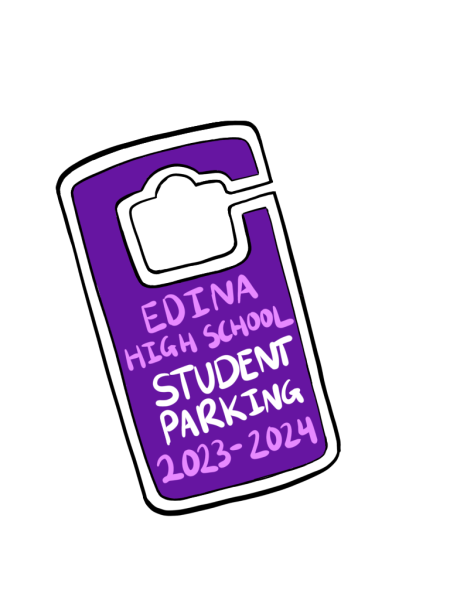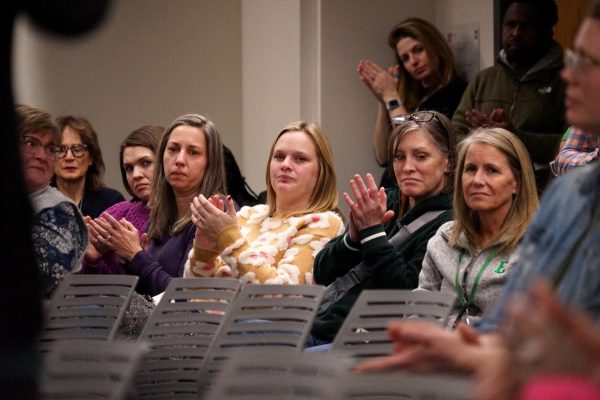University of Minnesota’s Active Learning Classrooms
When one walks into a typical college classroom there is usually an expectation – rows of students, most often in lecture halls, listening to a lecture from a professor.
Recently, however, the University of Minnesota-Twin Cities has decided to redefine this structure with new interactive classrooms called Active Learning Classrooms. They are designed to promote interactive and fluid learning experiences while focusing on the individual student.
These classrooms include a 360-degree glass surface marker board, multiple flat-panel display projection systems, round tables spread throughout the classroom to seat nine students, and a centered teaching station that allows for display of table-specific information.
Essentially, this type of classroom promotes group work and student-to-student interaction. Instead of being in rows in which students face a podium, they are now facing one another and thereby promoting community. Each cluster (group of nine students) has their own whiteboard, television, and set of computers.
The professor is set in the middle of the classroom to be more accessible to the students and interactively coach them in a more personal matter. The professor is allowed to project their own work onto the students’ computers as well as take a student’s work and show it as an example to the entire class.
The technology allows students to easily present their work to their peers and teachers for quick review. It also promotes a real world type of learning environment. Students form a tight community with their group and are encouraged to work with and help one another. Teachers work towards empowering students and putting them in hypothetical situations to prepare them for future jobs.
Studies have shown these new classroom formats to be highly successful with students, as they have pointed to a reduction in perceived psychological disconnection between the student and the teacher. A series of studies have also shown that the new classrooms have improved student grades, as well as improved participation in classes and attendance.
The interactive classrooms are never empty. Outside official class times students are allowed to use these rooms for group projects. The University of Minnesota plans to replace the traditional classrooms throughout the campus for these new interactive classrooms, thus redefining the way students learn and improving education as we know it.

Patricia Leach really loves "That's So Raven". In fact, she loves it so much that she requested that this be included in her bio:
Thats so Patricia...













